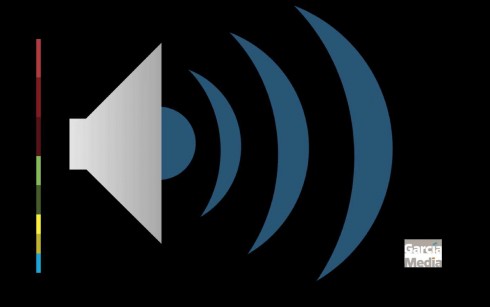TAKEAWAY: Audio is hot and getting hotter. Reporters need to plan how to use audio strategically.

Image revcom.us
From time to time in my workshops I refer to “radio days”, and how at the start of television in the United States, many of the people who came to work on the new medium of television were radio people. They were used to dealing with audio, but not with visuals, or with anything that would be seen. The first years of TV news was primarily an anchorman sitting behind a desk speaking into a microphone placed in front of him.
For radio people ,the voice is the thing, and the ear is the target. TV people and graphic designers think eyeballs.
Enter the new media quartet (soon to be the quintet as we incorporate radio perhaps), and audio is hot again, as in radio days, but also as part of the repertoire of the reporter.
How does audio play in the storytelling process of the new media?
First, it should not be an improvisation. Audio must be planned, and it is up to reporters to start thinking audio more so than they probably do today.
Not that the idea of recording interviews is new to most reporters. But that is not what constitutes planned audio.
For today’s reporter, planning audio begins when the questions for the interview are first thought about and/or drafted. The reporter must anticipate which questions are likely to elicit the most audio-ready responses, in the same way that good reporters in today’s media environment anticipate which questions may elicit the most visual (video potential) questions, and they will be ready to record those.
Audio, in today’s environment, is not just putting a recording device on the table for the entire interview. Good audio is going to be planned and strategically built into an interview.
Radio days are here again.